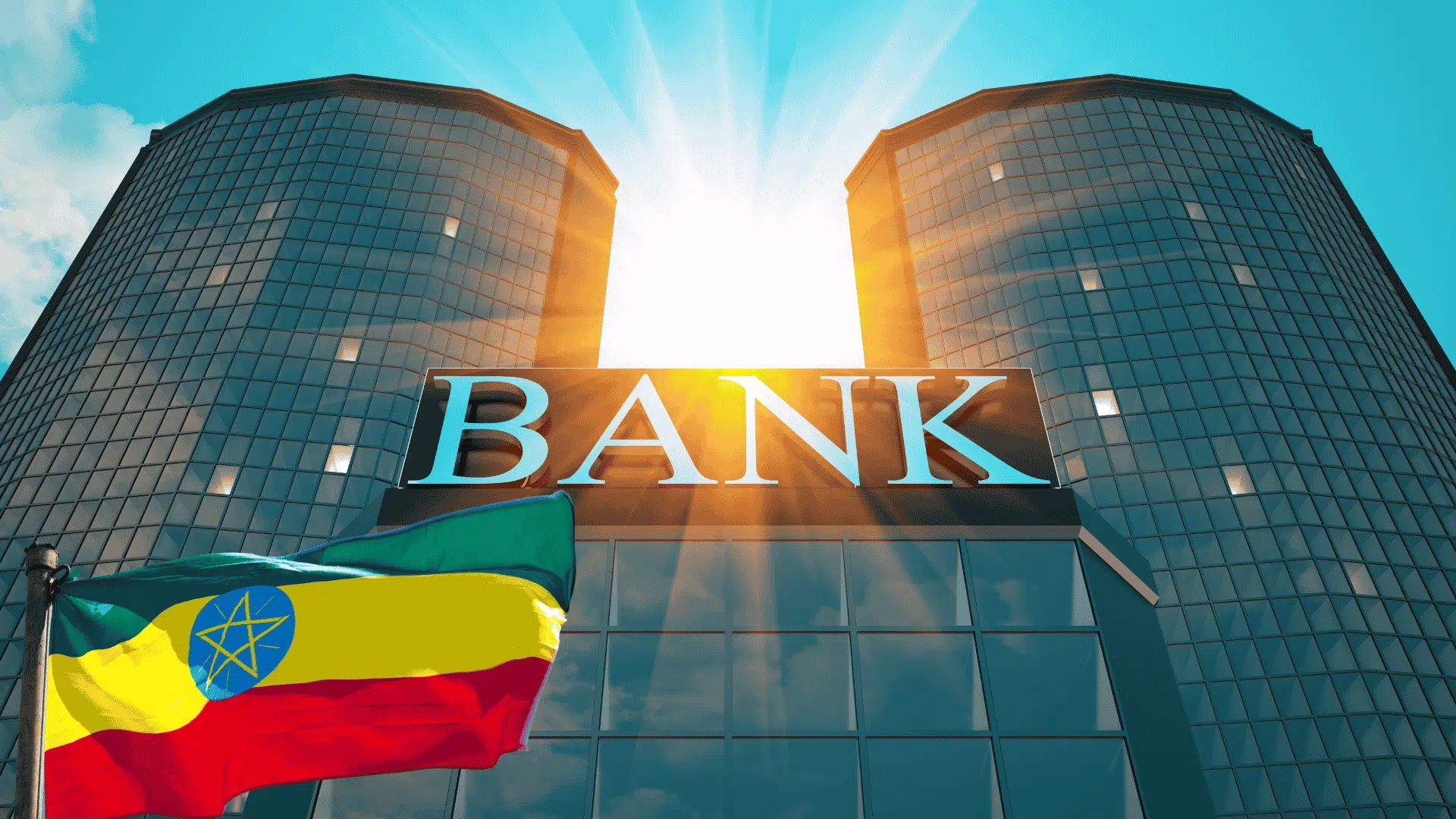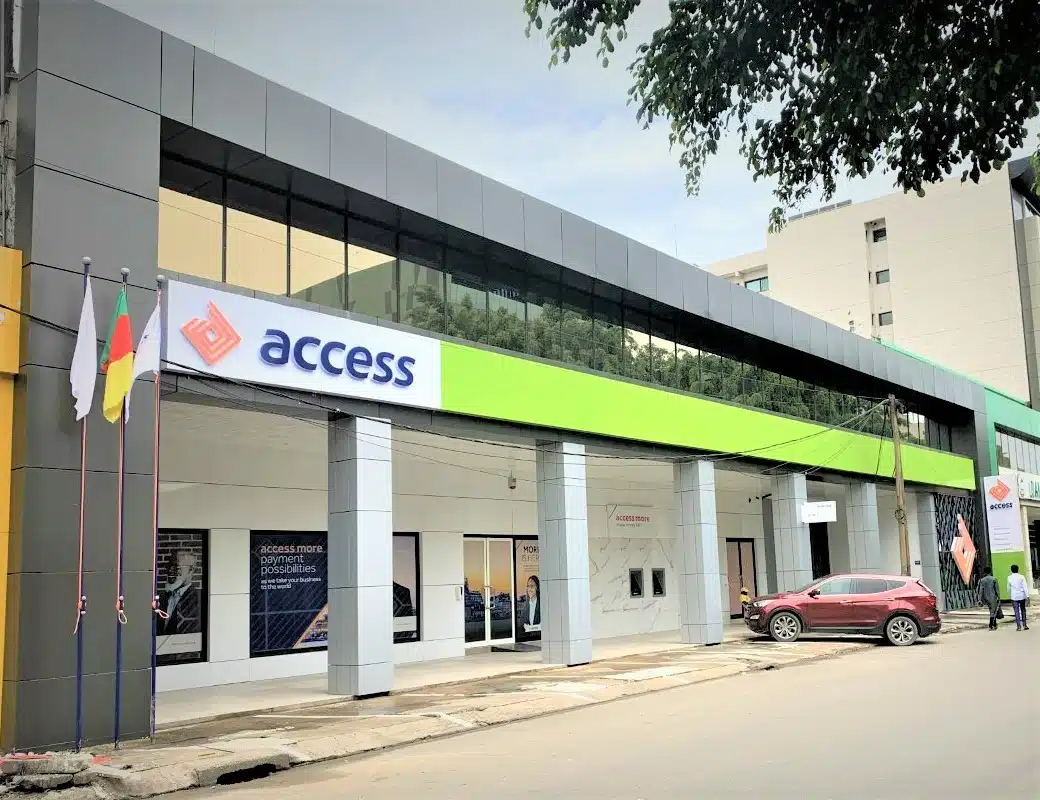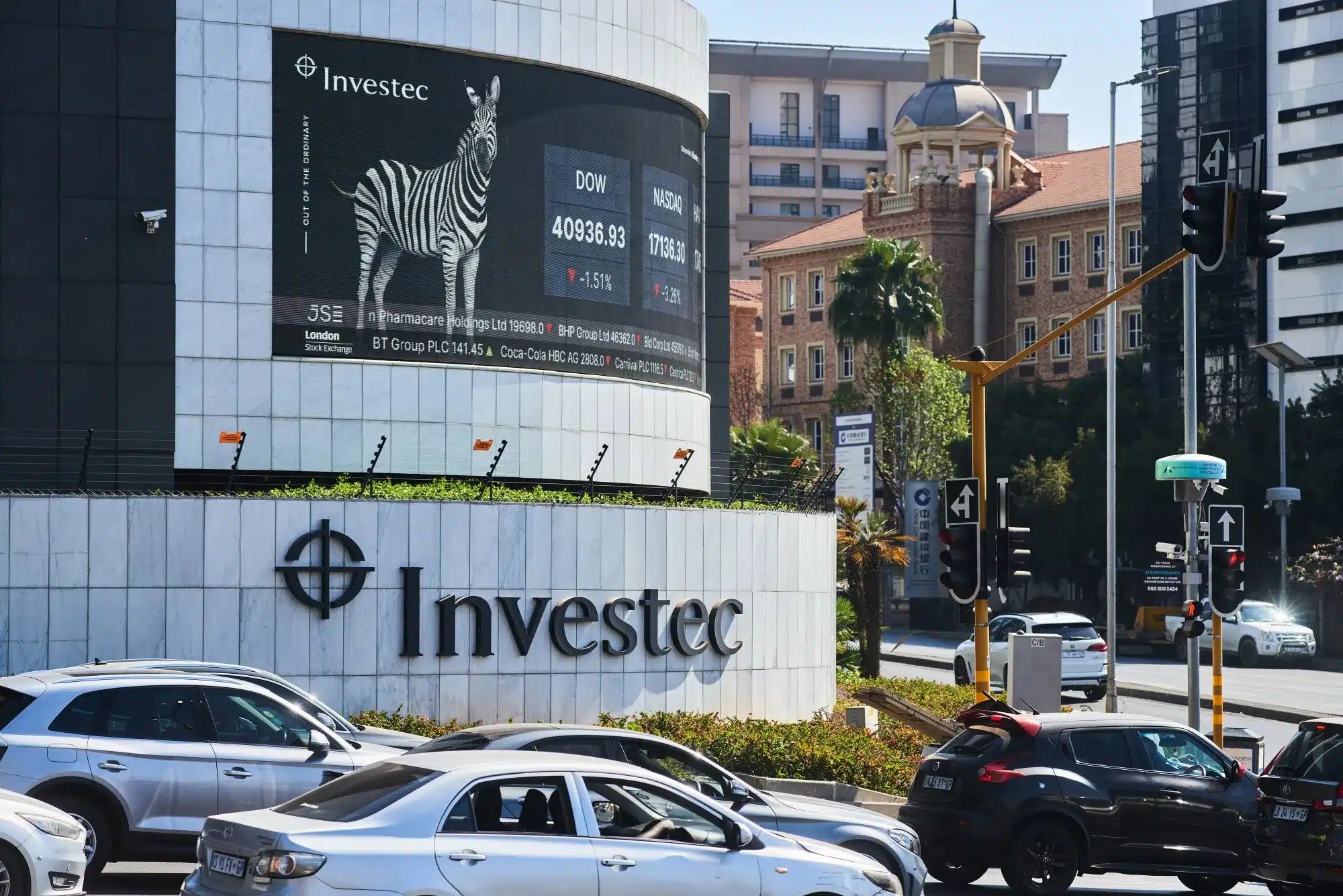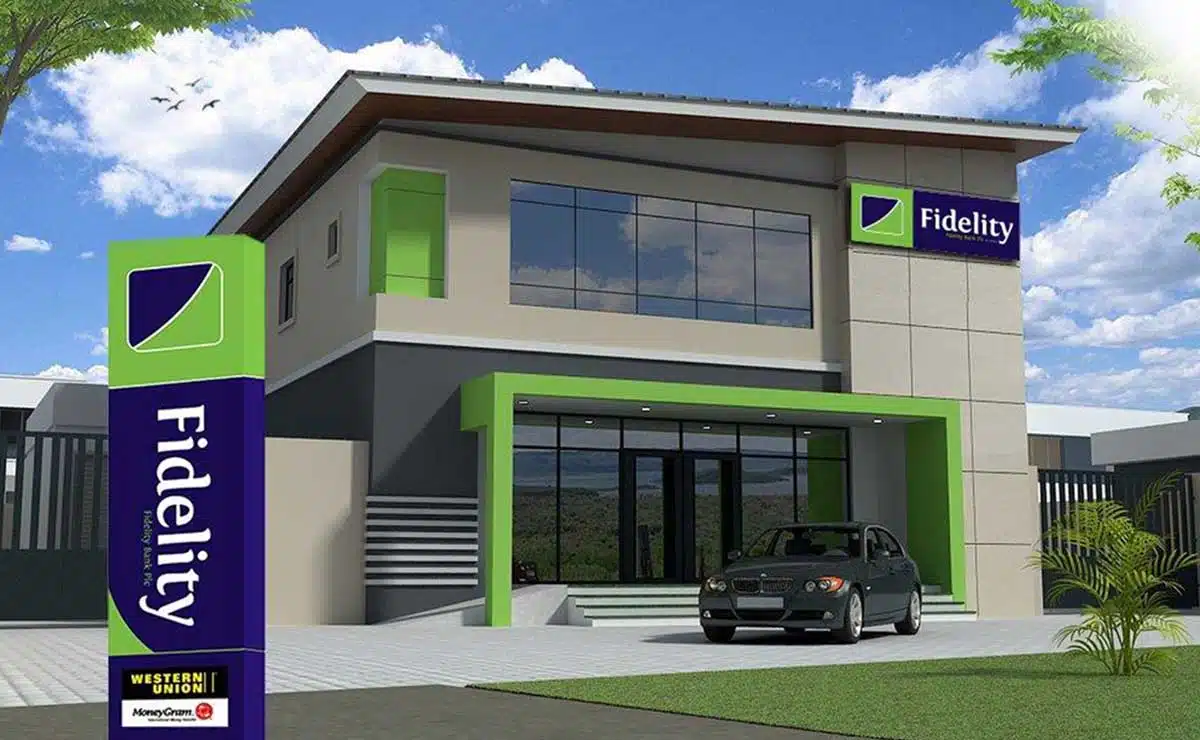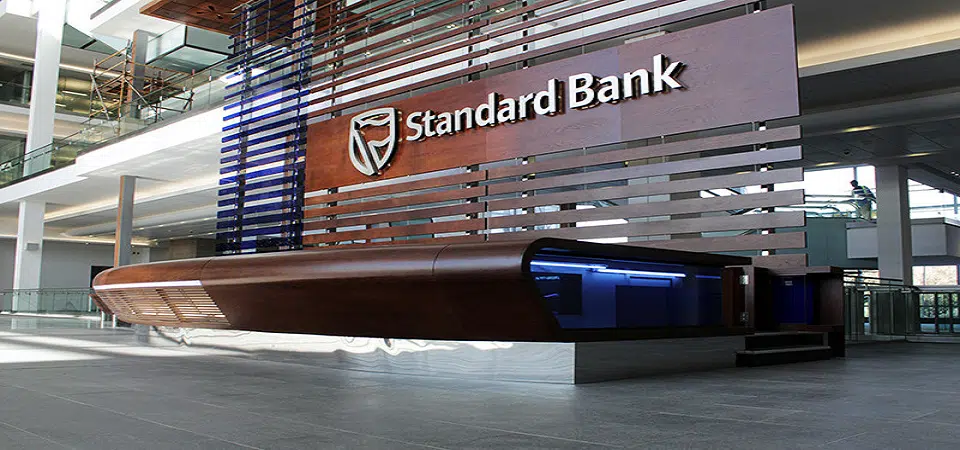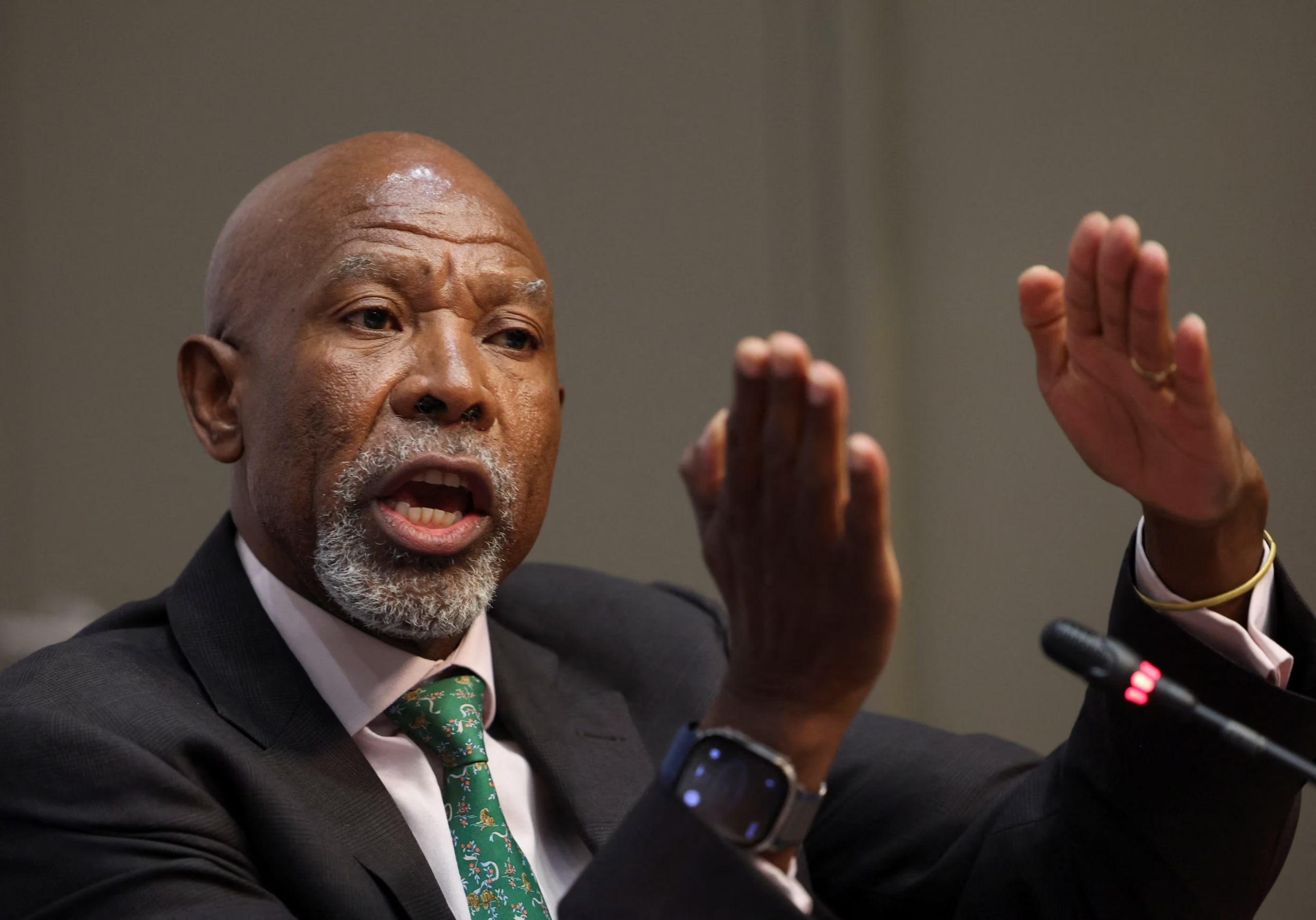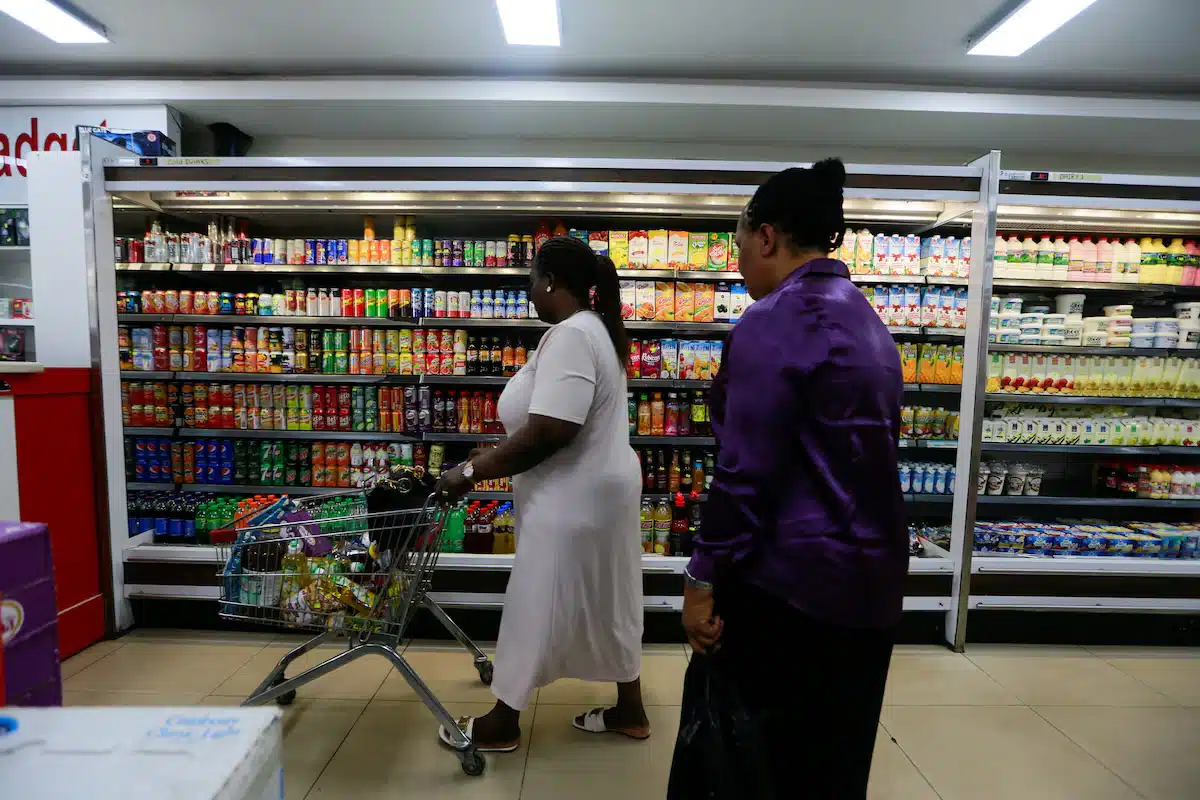Banks from Ethiopia recorded the most representation among Africa’s top 10 biggest risers for 2025, as the ongoing deregulation of the banking industry and increased competition within the financial services sector boosted their rankings.
This is according to a Finance in Africa analysis of African Business Magazine’s ‘Top 100 African Banks 2025’ list, released on Monday.
The annual survey ranks African lenders by Tier 1 Capital—the sum of a bank’s initial capital, reserves, and retained earnings—which reflects financial strength and stability.
Analysis of the top ten risers shows that Awash International Bank, Bank of Abyssinia, and Dashen Bank climbed 18, 17, and 16 places, respectively—ranking 50th, 72nd, and 71st in this year’s list.
Kenya followed with two banks, Prime Bank and Stanbic Bank Kenya, while Rawbank from the Democratic Republic of the Congo recorded the highest overall jump of 26 places, ranking 62nd.
“East Africa is the next best represented region with 21 entries, led by Kenya with ten. The number of Ethiopian banks stands at six, up from five last year and just two in 2022,” the African Business report said. “It seems likely that Ethiopian banks will gain greater representation as a result of banking sector deregulation and growing competition in that country’s financial services sector.”
Some lenders, from Nigeria, Africa’s most populous nation, recorded the steepest declines in the ranking, with Union Bank of Nigeria, Stanbic IBTC Bank, and Ecobank dropping by 41, 31, and 17 places to 86th, 73rd, and 80th positions, respectively.
“Nigerian banks managed to break into the top ten between ten and fifteen years ago, but their relative strength has declined as the Nigerian economy has faltered, with falling oil production, currency fluctuations, and the slow pace of economic diversification taking their toll – although the country is plotting a turnaround,” the report added.
East Africa: Fast growth, low capital base
Despite its strong representation, East Africa’s combined Tier 1 capital remains relatively low. The region’s banks hold a total of $12.7 billion, the smallest share of any region on the list. However, this marks the largest proportional increase since the 2024 survey, when the figure stood at $10.5 billion.
“It should also be noted that the number of East African entries has risen from 13 in 2022 to 21 today,” the report noted. “So although it could be seen as the weakest region in terms of banking strength, it can also be characterised as the fastest growing.”
African Business revealed that nine new banks entered the top 100, while 13 banks climbed by 12 or more places—including three from Ethiopia.
“Indeed, Awash International Bank is the biggest riser, moving up 18 positions to #50 in our table with Tier 1 capital of $507 million,” the report said. “Awash was the first private commercial bank set up following the initial phase of deregulation in 1991, and now has almost 12 million customers.”
Awash, Abyssinia, and Dashen—three of Ethiopia’s largest privately owned lenders—collectively hold assets worth under 350 billion birr ($2.4 billion), still considerably below regional peers.
Ethiopia’s banking sector transformation
Ethiopia currently has 32 banks, most of them small-sized, with the state-owned Commercial Bank of Ethiopia controlling about 22% of the market.
With a population of over 130 million, Ethiopia is Africa’s second-most populous country and one of its fastest-growing economies. The International Monetary Fund projects average annual growth of 7.4% between 2025 and 2030, underscoring its long-term potential.
Recently, Bank of Abyssinia registered with the Ethiopian Capital Market Authority, signaling its intent to venture into investment banking—a first step in Ethiopia’s newly liberalised financial sector. It joins Awash Bank, making them the only two private banks currently preparing for investment banking operations.
Foreign banks eye entry into Ethiopia
Over the past seven months, four of Africa’s largest banks—KCB Group, Equity Group, Banque pour le Commerce et l’Industrie Mer Rouge (BCIMR), and Standard Bank Group—have announced plans to enter Ethiopia’s financial market.
Their interest follows the government’s sweeping economic reforms aimed at modernising the economy after decades of state control. Key measures include floating the birr, launching a stock exchange, and introducing a central bank policy rate to anchor price stability.
A major turning point came in June 2025, when Ethiopia opened its banking sector to foreign lenders for the first time in 50 years. This historic reform has drawn strong interest from regional heavyweights, particularly from Kenya.
For decades, foreign lenders were restricted to representative offices barred from offering banking services—a policy designed to shield domestic players. That approach, however, left Ethiopia lagging in financial development despite being Africa’s fifth-largest economy.
Economic liberalisation gained momentum under Prime Minister Abiy Ahmed, who assumed office in 2018 and championed reforms to attract foreign investment and integrate Ethiopia into the global economy. A key milestone came in December 2024, when parliament passed the Banking Business Proclamation No. 1360/2024, setting the stage for financial openness.
Regional trends: North Africa still dominates
Despite Ethiopia’s impressive strides, South Africa and North Africa continue to dominate Africa’s banking landscape.
According to African Business, Standard Bank remains Africa’s largest lender with $13.2 billion in Tier 1 capital, followed by National Bank of Egypt ($7.3 billion) and Morocco’s Attijariwafa Bank ($6.2 billion).
“The biggest long-term change in the Top 10 is that South Africa’s four biggest banks are no longer the four biggest on the continent,” the report noted. “Their dominance has eroded due to the sluggish performance of the South African economy.”
Nigeria’s Access Bank remains the largest lender in sub-Saharan Africa outside South Africa, ranking 14th with $2 billion in Tier 1 capital. However, Nigeria’s banking strength has declined in recent years amid currency instability, falling oil production, and slow diversification.
Africa’s banking capital by region
- North Africa: $57.9 billion
- Southern Africa: $40.4 billion
- West & Central Africa: $14.9 billion
- East Africa: $12.7 billion
While North Africa retains the largest share of total banking capital, East Africa’s rapid growth trajectory positions it as a rising force in the continent’s financial sector.

